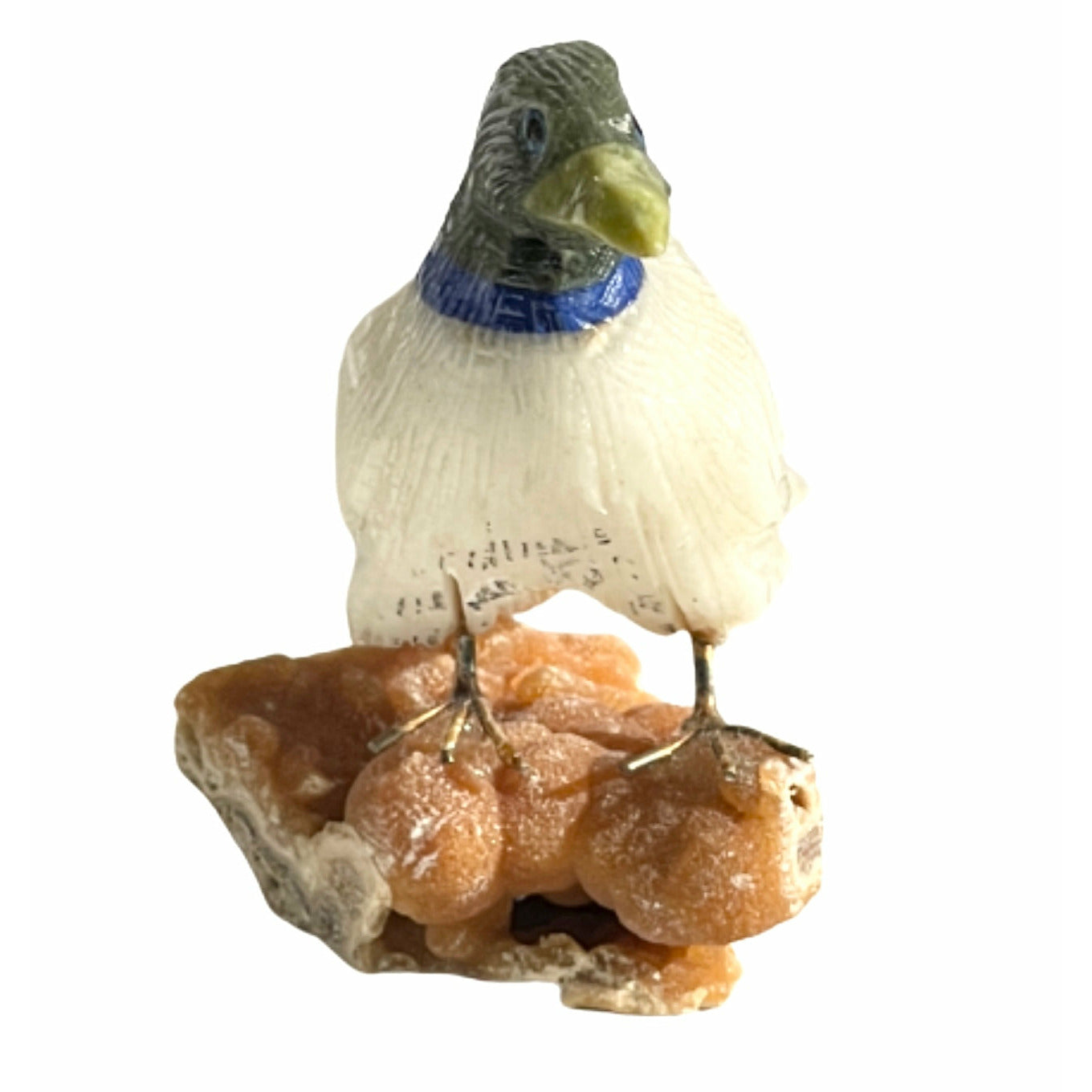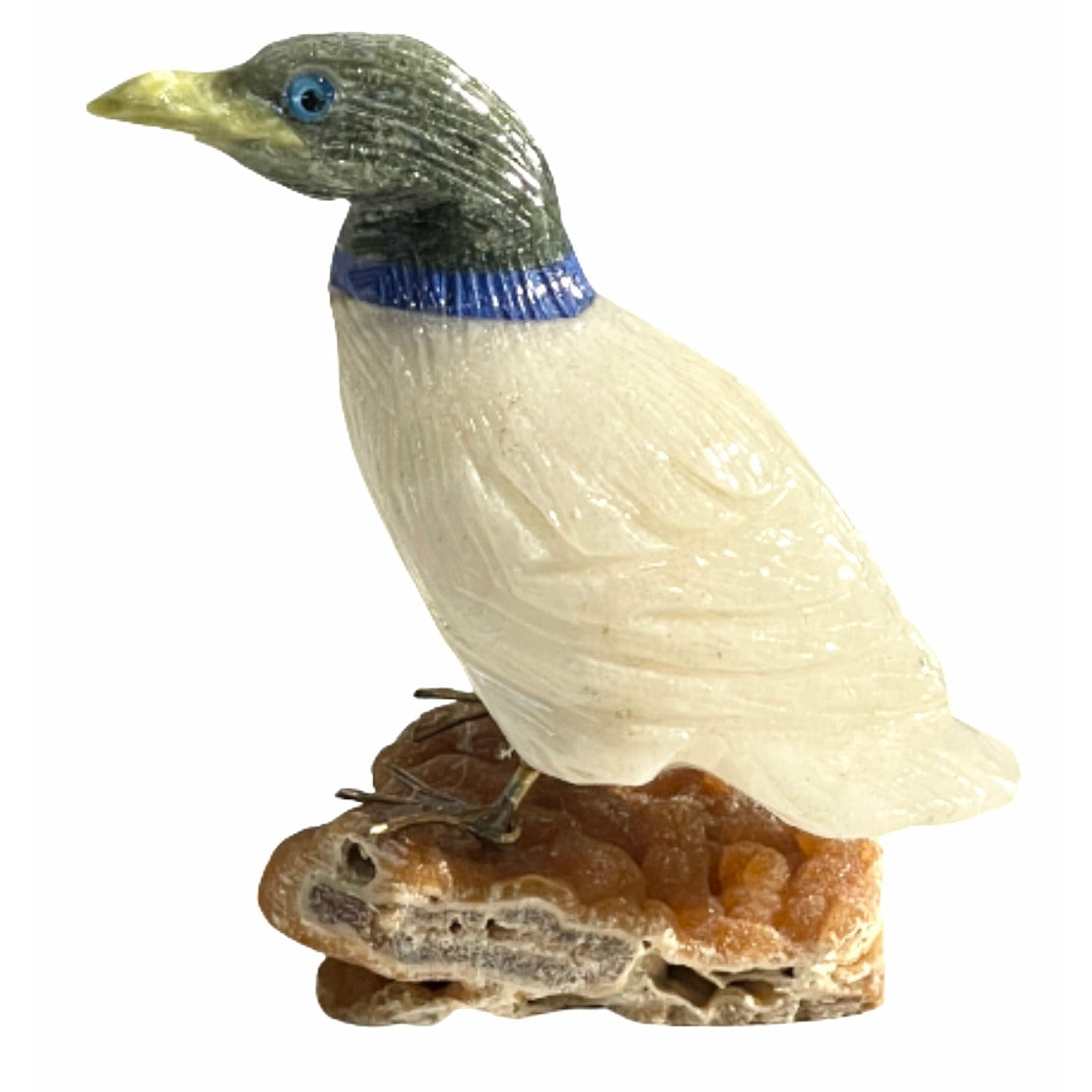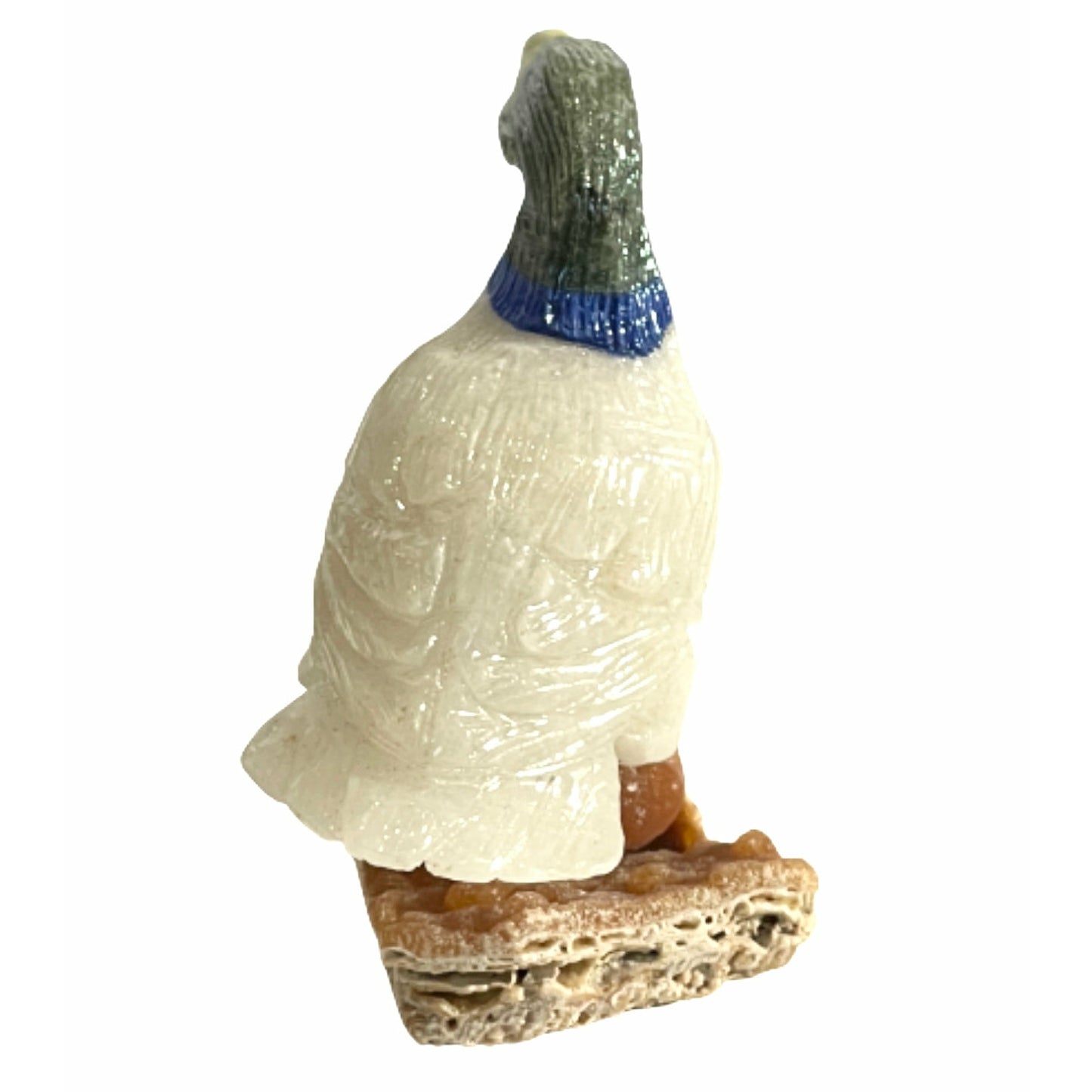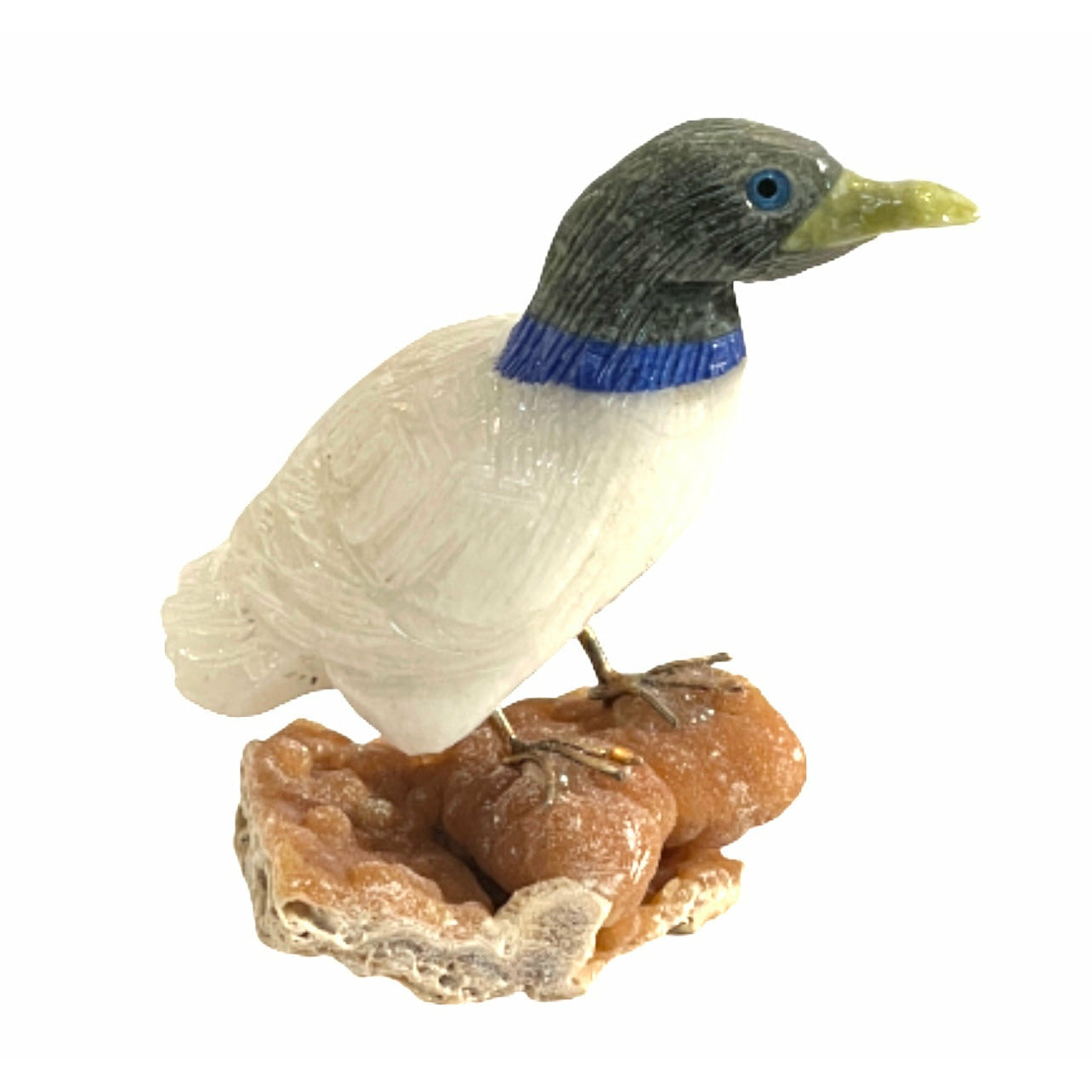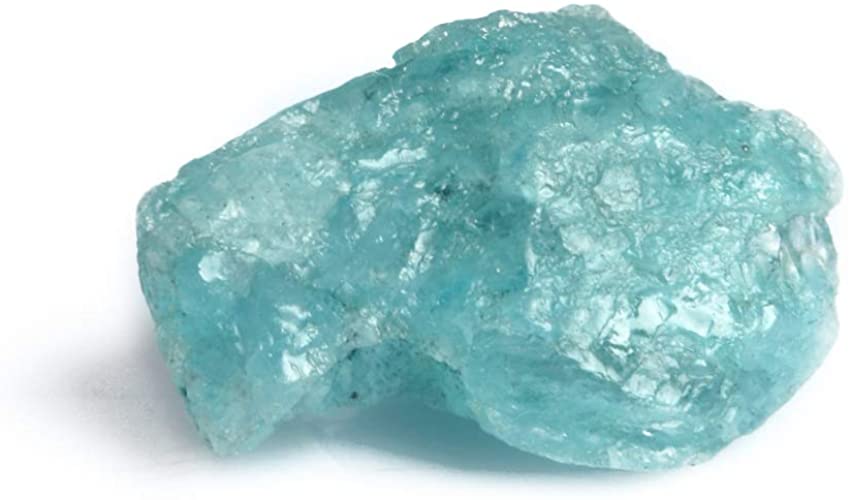3 Inch American Robin made of Milky Quartz on peach stilbite zeolite crystal base
3 Inch American Robin made of Milky Quartz on peach stilbite zeolite crystal base
Couldn't load pickup availability
FACTS ABOUT THE CRYSTALS
Peach Stilbite Zeolites are microporous, aluminosilicate minerals commonly used as commercial adsorbents and catalysts. The term zeolite was originally coined in 1756 by Swedish mineralogist Axel Fredrik Cronstedt, who observed that rapidly heating the material, believed to have been stilbite, produced large amounts of steam from water that had been adsorbed by the material. Based on this, he called the material zeolite, from the Greek ζέω (zéō), meaning "to boil" and λίθος (líthos), meaning "stone". The classic reference for the field has been Breck's book Zeolite Molecular Sieves: Structure, Chemistry, And Use. Zeolites occur naturally but are also produced industrially on a large scale. As of December 2018, 245 unique zeolite frameworks have been identified, and over 40 naturally occurring zeolite frameworks are known. Every new zeolite structure that is obtained is examined by the International Zeolite Association Structure Commission and receives a three letter designation..
FACTS ABOUT THE BIRD
The American Robin is the most common, and largest, thrush in North America. It's a bird of striking colors, including its vibrant, red-breasted plumage and pale blue eggs. It likes to feed on summer fruit and berries, but worms play an important role in its diet as well. This songbird is a state bird of Connecticut, Michigan, and Wisconsin. Its cheery song is considered one of the first signs of spring.
The quintessential early bird, American Robins are common sights on lawns across North America, where you often see them tugging earthworms out of the ground. Robins are popular birds for their warm orange breast, cheery song, and early appearance at the end of winter. Though they’re familiar town and city birds, American Robins are at home in wilder areas, too, including mountain forests and Alaskan wilderness.
The American Robin is a migratory songbird of the true thrush genus and Turdidae, the wider thrush family. It is named after the European robin because of its reddish-orange breast, though the two species are not closely related, with the European robin belonging to the Old World flycatcher family.
Bird Length: 03 inch
Bird Width: 01 inch
Pyrite Size: 1.5" x 1"
Wight: 10 oz
Made in: Peru
Since each stone is unique, the color, texture of stone may vary from each other.
You will receive the most unique one(s) similar as pictures shown.
Stock picture you will receive similar Bird.
Share
